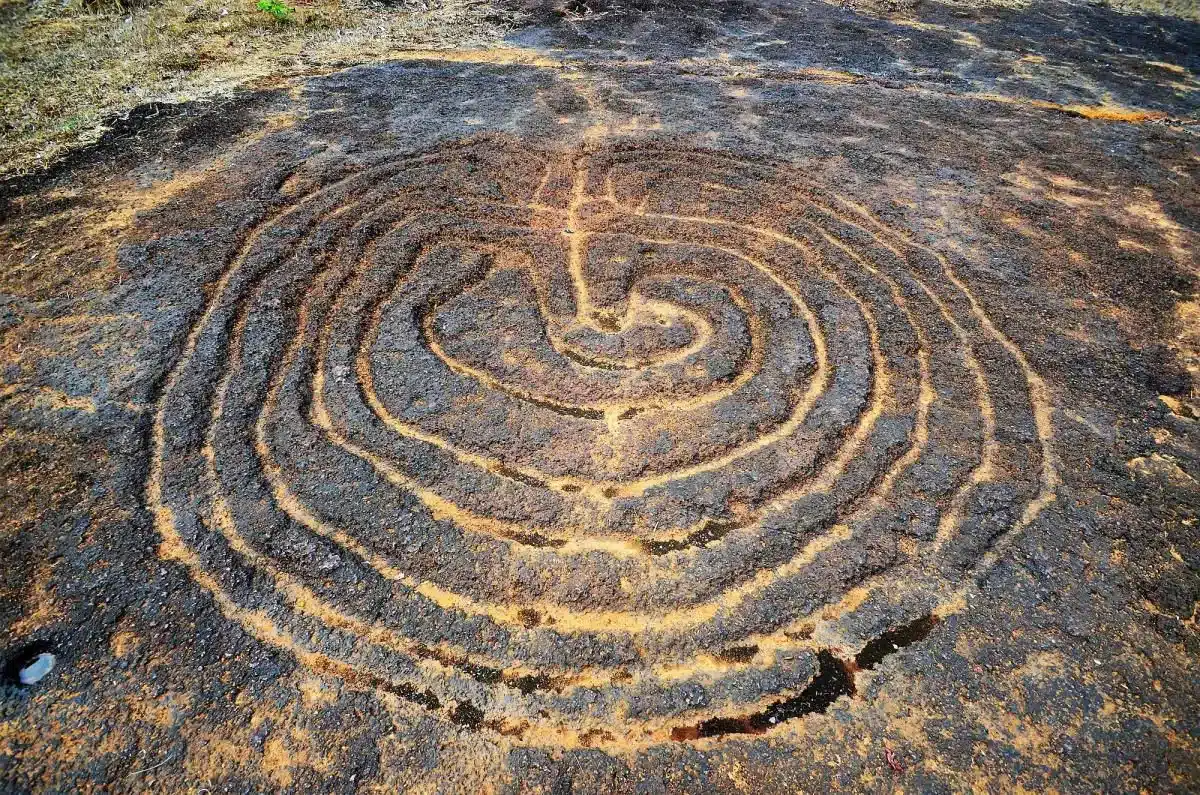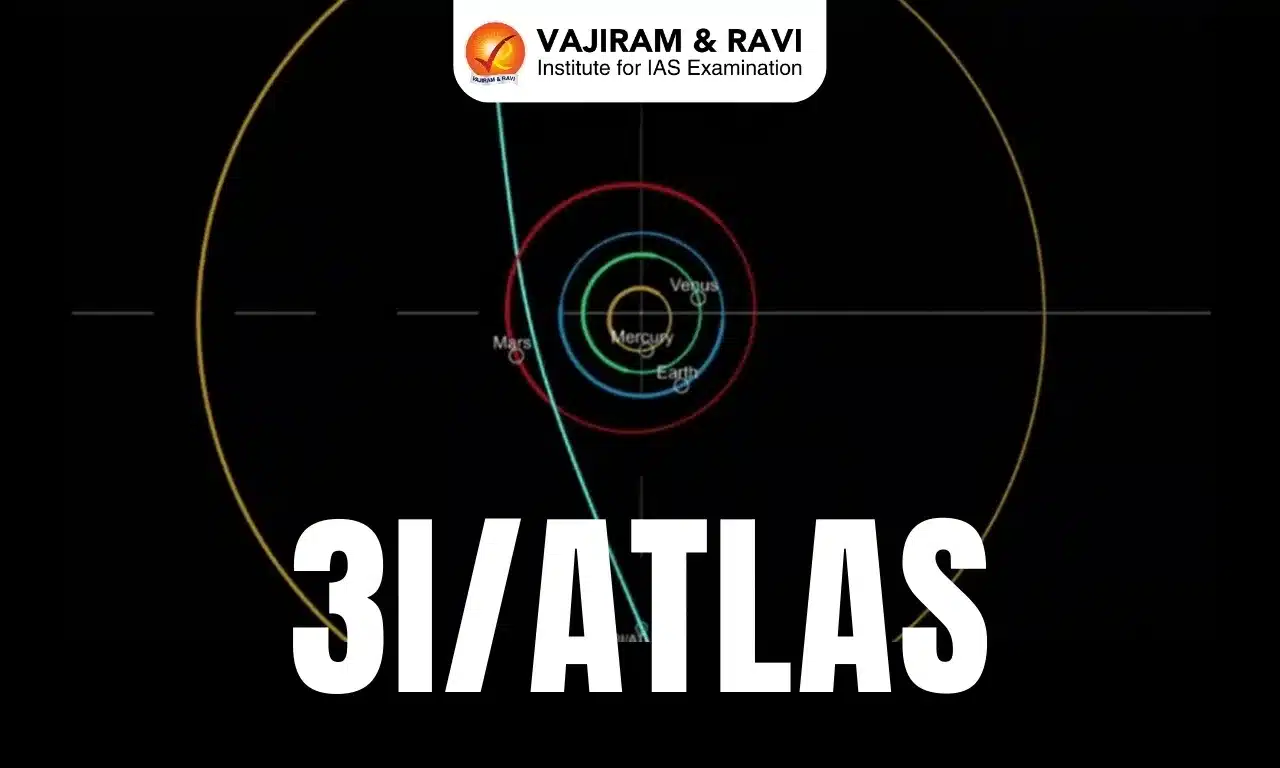About Geoglyphs:
- A geoglyph refers to a design that is drawn on the earth.
- Geoglyphs are typically formed of durable elements of the landscape, such as stones, gravel, or earth.
- A geoglyph is usually longer than four metres.
- Geoglyphs are difficult tosee or even identify on the ground but are easily appreciated when seen from the sky.
- There are two types of geoglyphs, namely a positive and negative geoglyph.
- A positive geoglyph is formed by the arrangement and alignment of materials on the ground in a manner akin to petroforms (which are simply outlines created using boulders).
- A negative geoglyph is formed by removing part of the natural ground surface to create differently coloured or textured ground in a manner akin to petroglyphs.
- There is another variation of a geoglyph that involves seeding plants in a special design.
- The design usually takes years to see since it depends on the plants growing. This type of geoglyph is called an arborglyph.
- Another type of geoglyph often referred to as ‘chalk giants’ are those carved intohillsides,exposing the bedrock beneath.
- Examples: The most famous geoglyphs are the Nasca lines in Peru and the horse and human figures cut into hillsides in southern England (e.g., the Uffington White Horse and the Cerne Giant).
Q1: What are petroglyphs?
Petroglyphs are rock carvings (rock paintings are called pictographs) made by pecking directly on the rock surface using a stone chisel and a hammerstone.
Source: Maharashtra’s geoglyphs discovery is citizen archaeology at its best. It put India on the map
Last updated on July, 2025
→ UPSC Notification 2025 was released on 22nd January 2025.
→ UPSC Prelims Result 2025 is out now for the CSE held on 25 May 2025.
→ UPSC Prelims Question Paper 2025 and Unofficial Prelims Answer Key 2025 are available now.
→ UPSC Calendar 2026 is released on 15th May, 2025.
→ The UPSC Vacancy 2025 were released 1129, out of which 979 were for UPSC CSE and remaining 150 are for UPSC IFoS.
→ UPSC Mains 2025 will be conducted on 22nd August 2025.
→ UPSC Prelims 2026 will be conducted on 24th May, 2026 & UPSC Mains 2026 will be conducted on 21st August 2026.
→ The UPSC Selection Process is of 3 stages-Prelims, Mains and Interview.
→ UPSC Result 2024 is released with latest UPSC Marksheet 2024. Check Now!
→ UPSC Toppers List 2024 is released now. Shakti Dubey is UPSC AIR 1 2024 Topper.
→ Also check Best IAS Coaching in Delhi












